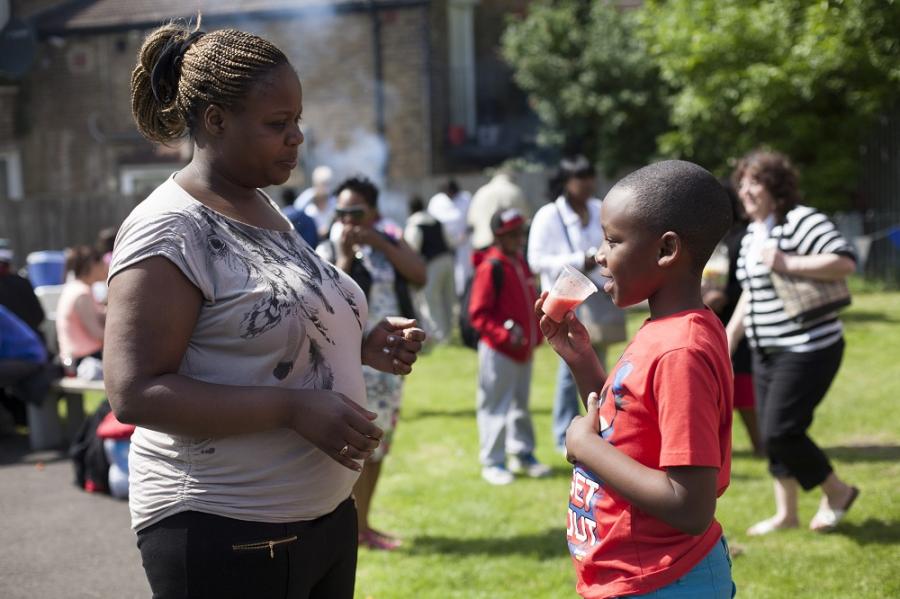
How to work with young people
Everybody deserves the best services, support and opportunities they can get, and this includes our youth. By involving them in community projects, you give children and young people more opportunities to show what they can do.
Why is working with young people good for your project?
- New perspectives: Working with young people will give you new insights and fresh perspectives, new solutions to old problems. You will witness new ways of doing things with a passion that hasn’t been bogged down by years of ‘experience’.
- Future of your community: Inspiring the younger generation to get involved in their community now will ensure that they are passionate about their community in the future.
- Funding: If you’re looking for funding for your project, showing potential funders that you’ve engaged people of all ages is crucial.
Why would young people want to get involved in a community project?
- It’s fun! Curiosity is a great driver and they might want to find out what’s going on in their area.
- To make friends: Some children and young people might want to get involved to make friends with similar interests.
- Political aspirations: Some young people may have political aspirations both locally and nationally and will want to get involved at a grassroots level.
- New skills: Others might get involved because activities like these can give them skills and the opportunity to do things they would never otherwise have done.
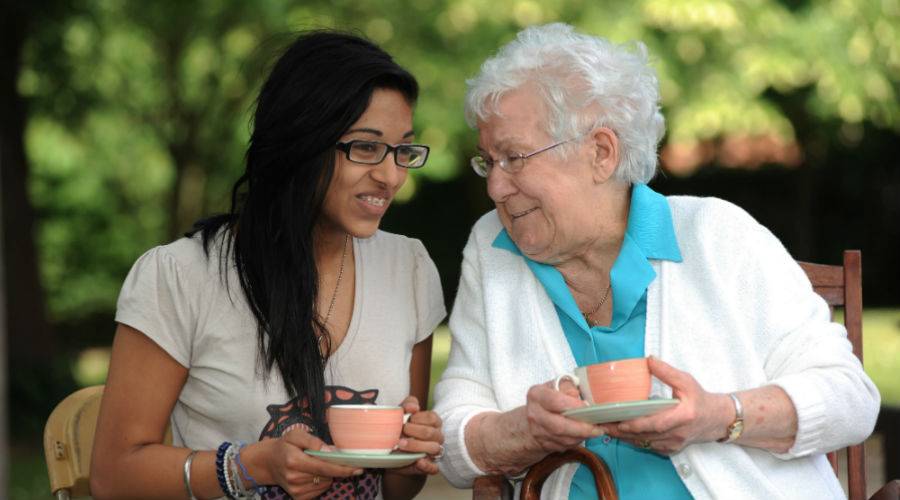
Our top tips for working with young people
Read on for our 6 top tips for working with children and young people.
Step 1: Be passionate
If you aren’t inspired by what you are doing then you can’t expect anyone else to be inspired by it. Working with young people is all about passion and enthusiasm, being inquisitive, playful and awestruck about your thing. Young people love enthusiasm and it will encourage them to follow you.
Step 2: Be confident
However nervous you feel about a session, putting a brave face on it will repay you in spades. If you look nervous and apologetic they are going to question what you are afraid of and ultimately challenge your ability to support them through your time together, and that’s where the trouble starts.
Step 3: Be a cheerleader
Throw praise and encouragement around liberally when people make an effort. We live in a world that rewards achievement over effort, buck the trend! When you do have concerns or criticism, be constructive.
Step 4: Be organised
Be organised and don’t forget to smile; this instils confidence and suggests that you are a competent person and therefore worth listening to.
Step 5: Be inclusive
Ask lots of questions and get them to do most of the work; an endless monologue from you won’t be interesting. Find ways to include and involve everyone not just those with the loudest voices.
Step 6: Be creative
Try to approach old ideas from a different angle; it will surprise both you and the participants and result in a different set of outcomes. Be colourful, bold, and proud. Almost anything will benefit from a carnival atmosphere.
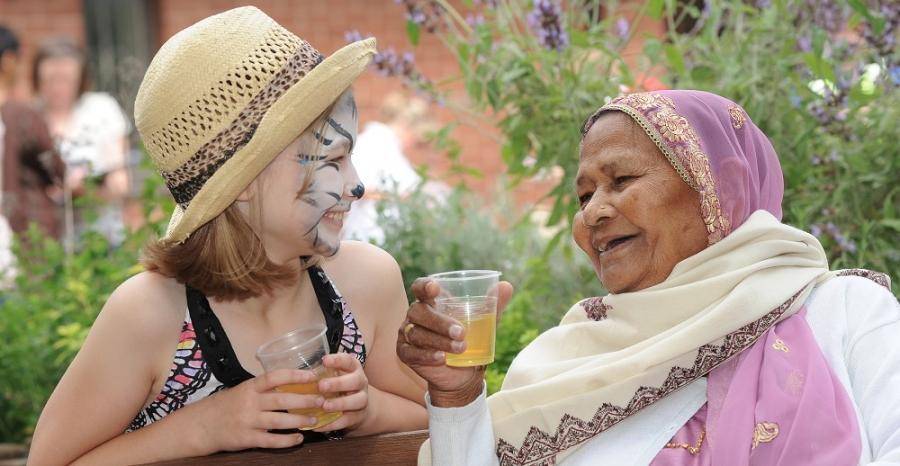
Read the e-book
Whether you are working with schools, youth groups or community projects, we hope this e-book will help you to think about every aspect of working with children and young people, including the practical things like Health and Safety, Safeguarding and consent forms.
More like this
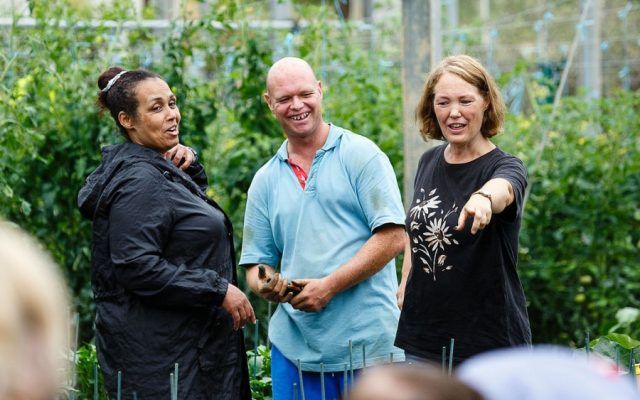
How to establish an inclusive community
The most interesting things happen when people from different backgrounds and with different ideas get to make something together.
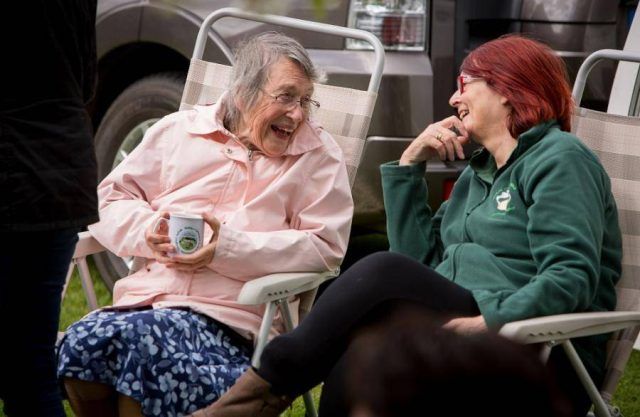
How to work with older people
Working with older people can make a difference to your projects and how your projects can improve their lives.
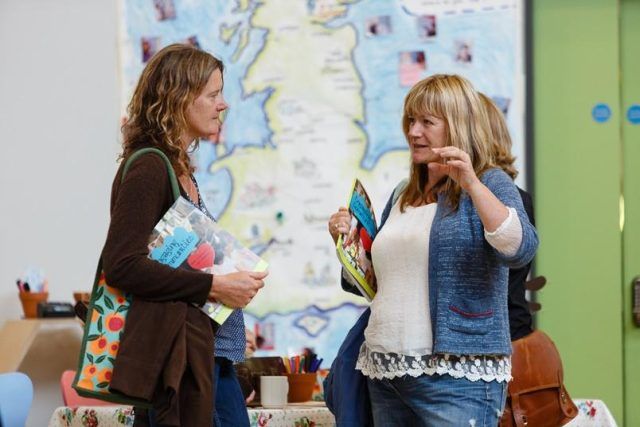
How to engage your community
The best community engagers ask people what they want before the project starts and allow people to take an active role in designing and…